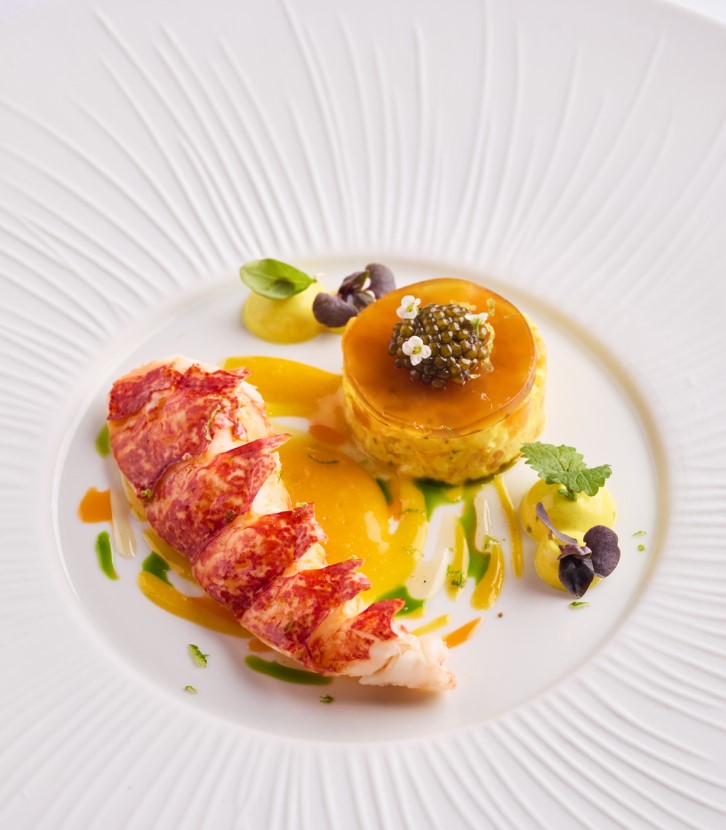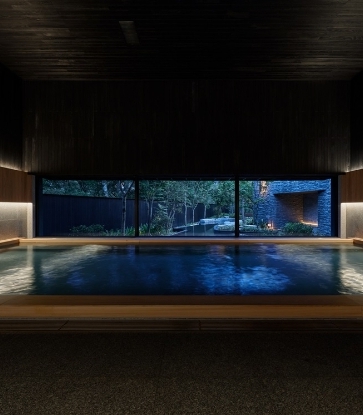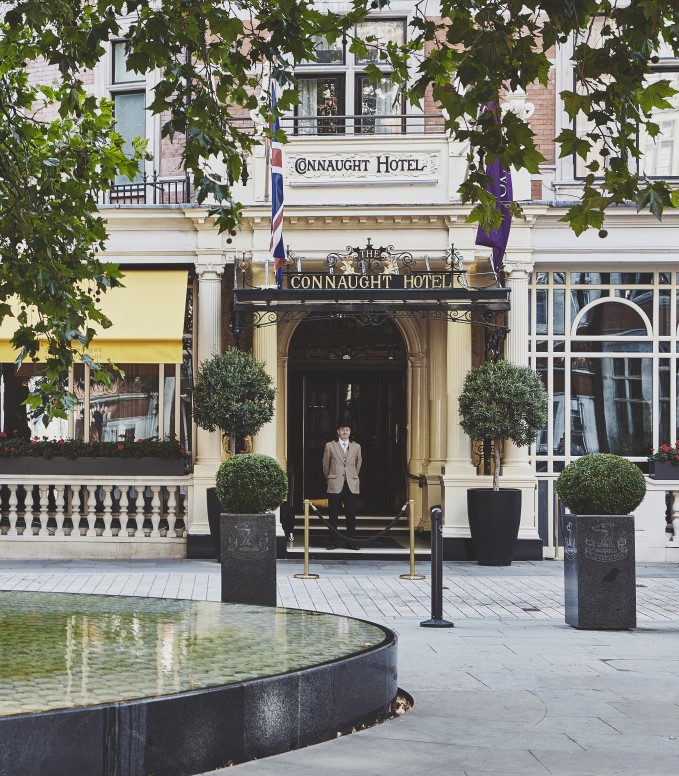Japan’s Edo period (1603–1868) was an era of peace and prosperity under the Tokugawa shogunate, during which Edo—now Tokyo—became the world’s most populous city. As the political and cultural heart of Japan, Edo fostered a vibrant food culture that gave rise to many of today's culinary traditions—including Edomae-zushi (Tokyo-style nigiri sushi), tempura, soba, and grilled eel. Over centuries, these flavors have continued to evolve, shaping Tokyo’s dynamic dining scene. Here, we’ll introduce some of the city’s must-try dishes and restaurants where you can try them.
1. Sushi
Sushi was the original ‘fast food’ of the Edo period, with nigiri sushi emerging as a convenient, on-the-go meal sold at bustling food stalls. Long before refrigeration, Edo-style sushi makers preserved fish from Edo Bay by salting, marinating, or lightly boiling it. This early innovation laid the foundation for the flavors and techniques that define nigiri today. Now beloved worldwide, nigiri sushi traces its roots back to Edo—experience it in Tokyo, where it all began.

Hikarimono
A sushi restaurant located next to the National Art Center, Hikarimono aims to be an affordable sushi restaurant where people can drop in casually. The menu is extensive, featuring both nigiri and tasty bar snacks. Hikarimono means ‘shining things’ in reference to fish sliced with the skin left on. True to its name, this restaurant’s shimmering, blue-skinned fish—like gizzard shad and mackerel—can’t be missed.
Search for more Sushi restaurants in Tokyo.
2. Unagi
Unagi (freshwater eel) is a dish that requires exceptional skill—as the saying that goes, “Three years to master skewering, eight years for filleting, and a lifetime to perfect the art of grilling.” Rich in nutrients, unagi is popular in summer as a remedy for heat-induced fatigue. Top restaurants chefs often prepare eel only after an order is placed, with the careful grilling process taking time—so be sure to plan your visit accordingly.

Nodaiwa Azabu Iikura Honten
This One-Starred restaurant was founded when the eleventh shogun Tokugawa Ienari controlled Edo (1789–1801). Fifth-generation chef-owner Kanejiro Kanemoto keeps his family’s culinary legacy alive, grilling eel over binchotan charcoal to a beautiful pale amber colour.
Search for The Best Unagi restaurants in Tokyo.
3. Tempura
According to local lore, tempura first appeared at Edo food stalls in the late 18th century. In Tokyo, it’s traditionally served with a dipping sauce and grated daikon radish, while in Kansai, a sprinkle of salt is the preferred seasoning. Yet every restaurant brings its own touch, shaping tempura into a dish that continues to evolve to this day.

Tempura Kakiage Yukimura
Aiming to appeal to diners of all ages, this Bib Gourmand restaurant offers rice bowls, set meals, and à la carte dishes. First-time visitors shouldn’t miss the signature kakiage-don, a hearty bowl of rice topped with crispy shrimp fritters. Vegetarians, too, will find plenty to love, with flavorful rice bowls crowned with fried vegetable tempura.
Search for more Tempura restaurants in Tokyo.
4. Soba
Soba remains a beloved comfort food for Tokyo natives, with a tradition called soba-mae still enjoyed today. This ritual involves sipping alcoholic drinks and savoring dishes like sobagaki (buckwheat dough), itawasa (sliced fish paste with wasabi), and dashimaki tamago (rolled omelette with egg and dashi) before finishing the meal with soba. Another trendy practice—inspired by the Japanese saying that “soba should be swallowed rather than chewed,”—is gulping down a serving of cold zaru soba and swiftly leaving the restaurant, echoing the energy of the city.

Edosoba Hosokawa
Located close to the Edo-Tokyo Museum (currently closed for renovations), this Bib Gourmand soba restaurant is graceful and elegant. The soba noodles are delicious served on their own, but the special seasonal dishes are worth a try too. The large conger eel tempura dish is an Inspector favorite.
Search for The Best Soba restaurants in Tokyo.
5. Sukiyaki
The cuisine known as gyu-nabe, or "beef hot pot," first gained popularity in Edo during the final days of the Tokugawa shogunate. This hearty dish combines tender beef, spring onions, translucent shirataki noodles, and tofu in a broth seasoned with soy sauce, salt, and sugar. The roots of the sukiyaki we know and love today can be traced back to this local Tokyo specialty. As the broth reaches a boil, a sweet aroma fills the room. For the perfect experience, dip the slightly rare beef into a bowl of beaten egg and savor it while it's still hot.

SUKIYAKI ASAI
Indulge in sukiyaki at a kappo restaurant-style counter. The egg whites whipped into a meringue-like consistency offer a unique flavor. Watching the server’s handiwork up-close is another delightful aspect of the meal.
Search for more Sukiyaki restaurants in Tokyo.
6. Tonkatsu
This dish traces its origins to the French côtelette, which arrived in Japan during the Meiji period (1880s-90s) alongside a wave of Western-style dishes. Early versions, known as katsuretsu, used beef. However, to better suit the tastes of Japanese people, pork was eventually substituted for beef, leading to the creation of tonkatsu—the dish we know today. As its popularity surged, even more creative variations emerged, including katsudon, katsuni, and miso katsu, each with its own unique twist.

Katsuyoshi
Located in a refurbished traditional home, this Bib Gourmand tonkatsu restaurant uses recycled wood to convey a retro feel. Along with loin and tenderloin teishoku set meals, Katsuyoshi also offers à la carte dining and courses. Whether you're dining solo or with a group of friends, this cozy spot ensures a comfortable experience.
Search for more Tonkatsu restaurants in Tokyo.
Hero image: ©Sobamae Nagae
Related articles:
- Where to Stay and What to Eat in Tokyo's Most Popular Neighborhoods
- In Photos: Every Three Key Hotel in Tokyo
- The Best Omakase in Tokyo















